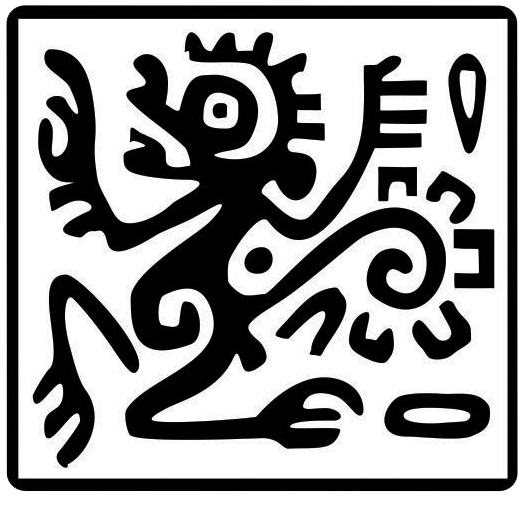Bats got a place in the sun: new findings of daytime flight in Brazil
Abstract
Most bats species are small and nocturnal. The nocturnal habit evolved mainly to avoid predators and competition. Recently, bats of the suborder Yangochiroptera have been recorded flying during daytime in Amazonia and Peninsular Malaysia. We described new events of neotropical bats flying during daytime in tropical and subtropical regions of Brazil. All records were made occasionally during bat and bird sampling with mist nets and visual searching. We provided information about the records’ time, respective solar radiation, air temperature, humidity, nebulosity, and wind velocity measurements taken from the nearest available meteorological stations from the National Institute of Meteorology (INMET). In northeastern and southern Brazil, we recorded 6 species/taxa of bats from 4 families (Molossidae, Noctilionidae, Phyllostomidae and Vespertilionidae) flying at daytime in air temperatures varying from 23.5 to 35.1 ºC. Bats flying in the daytime are poorly documented in rainforests. We recorded bats flying at daytime in warm sites of Brazil, from Caatinga scrublands to the Ombrophilous Atlantic Forest, from 7º to 28º S of latitude. The size of the individuals, the characteristics of the roost and the air temperature can possibly explain the causes of these diurnal records. These records reinforce the need for studies on thermoregulatory mechanisms in bats near the equator, evidencing data on natural history, as these are essential to assess how chiropteran species will be influenced by climate change in the future.
Copyright (c) 2023 Therya Notes

This work is licensed under a Creative Commons Attribution-NonCommercial-NoDerivatives 4.0 International License.
THERYA NOTES is based on its open access policy allowing free download of the complete contents of the magazine in digital format. It also authorizes the author to place the article in the format published by the magazine on your personal website, or in an open access repository, distribute copies of the article published in electronic or printed format that the author deems appropriate, and reuse part or whole article in own articles or future books, giving the corresponding credits. The Creative Commons CC BY-NC-SD license is used.![]()










